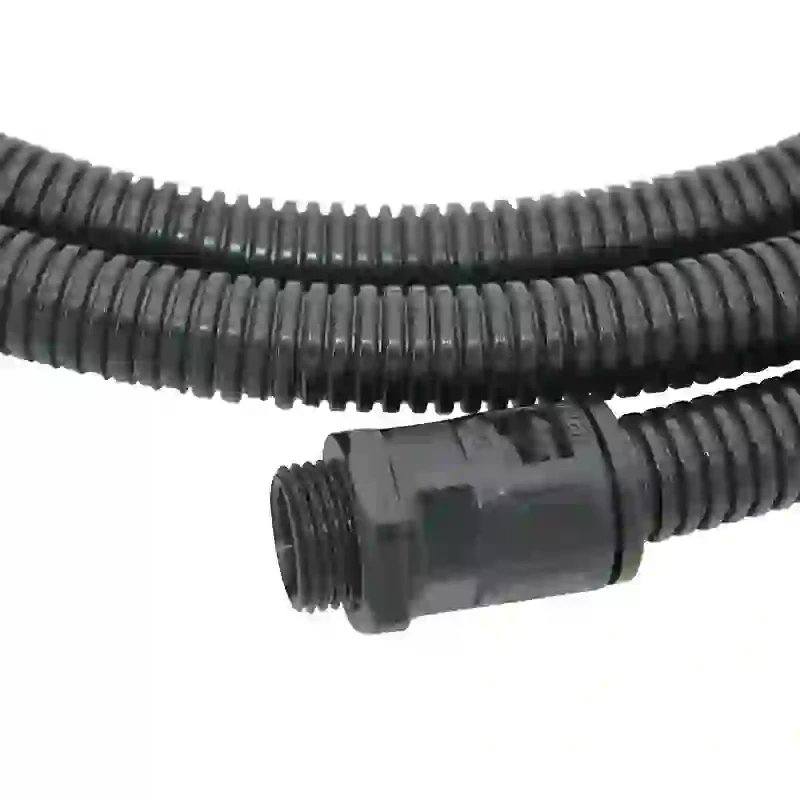drag conveyor
Understanding Drag Conveyors A Comprehensive Overview
Drag conveyors are essential components in many material handling systems, particularly in industrial settings where they transport bulk materials. These machines use a series of chains or flights mounted on a track to drag materials from one location to another. Their robust design and versatility make them an excellent choice for various applications, including grain handling, mining, power generation, and more.
Working Principle
The operation of drag conveyors is relatively straightforward. They consist primarily of a trough, an endless chain or belt, and a drive mechanism. The chain or belt has flights attached at intervals, which move along the trough as the conveyor operates. When the chain moves, the flights drag the bulk material along the conveyor’s path. The material is generally loaded from one end and discharged at the other.
Drag conveyors can handle a variety of bulk materials, including powders, grains, pellets, and aggregates. Their design allows for vertical, horizontal, or inclined transport, which provides flexibility in the layout of processing plants and warehouses.
Advantages of Drag Conveyors
1. Efficient Material Handling Drag conveyors are highly efficient in transporting bulk materials over short and long distances. They can carry significant quantities of material at a controlled pace, reducing labor costs and increasing overall productivity.
2. Space-Saving Design The compact design of drag conveyors helps save valuable floor space in industrial facilities. Since they can be installed vertically or horizontally, they can fit into a variety of layouts without needing extensive modifications.
drag conveyor

3. Low Maintenance Compared to other conveyor systems, drag conveyors are easier to maintain. Their sturdy construction and relatively simple mechanism mean that they often have a longer lifespan and require less frequent repairs.
4. Versatility These conveyors can be used in various industries, and they are capable of handling different types of materials. This versatility makes them a popular choice for many manufacturing and processing applications.
5. Reduced Material Degradation Unlike belt conveyors, which can cause damage to fragile materials due to pressure and friction, drag conveyors gently move materials without significant wear and tear. This characteristic is particularly important in industries dealing with food products or delicate materials.
Applications of Drag Conveyors
Drag conveyors are widely utilized across several industries. In agriculture, they are commonly used to transport grains from silos to processing plants. In the mining industry, drag conveyors help move ores and coal efficiently from mines to processing facilities or storage areas. In power generation, they can be employed to transport ash and other by-products.
Additionally, drag conveyors are effective in recycling plants, where they move various materials for sorting and processing. Their adaptability enables them to be customized to meet specific industry needs, whether for bulk material handling, mixing, or storage.
Conclusion
In summary, drag conveyors are a vital part of modern industrial material handling systems. Their efficiency, versatility, and space-saving design make them a preferred choice for many applications across various industries. By understanding their operation and advantages, companies can optimize their material handling processes, leading to improved productivity and reduced operational costs. As technology advances, drag conveyors will continue to evolve, incorporating new features that enhance their performance and usability, ensuring they remain an indispensable asset in the material handling landscape.








